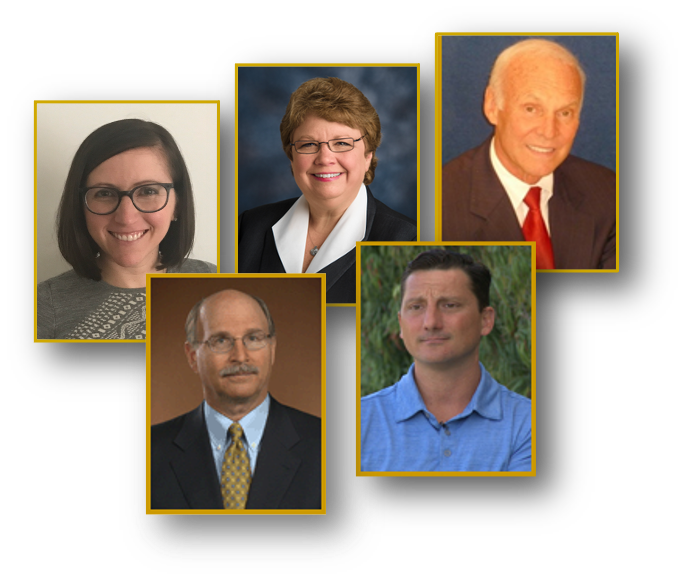
March 3, 2022
Our Stressed Emergency Safety Net
Family Survive & Thrive Guide™
Session Overview
The COVID crisis has created gaping holes in our public safety net – EMS, Firefighters, Law Enforcement, and Emergency Caregivers are stretched past the breaking point. Public health leaders tell us the WHAT to DO. We will provide the HOW. Our more than 1,000 household responses and more than 130 subject matter experts have guided our learning community. Let’s learn together and answer:

- How do we deal with family medical emergencies?
- What do I need to know about EMS?
- How do we help loved ones get to the ED?
- How has COVID impacted Law Enforcement?
- How has COVID impacted Firefighters?
We will provide a thorough update on how to keep your employees, families, and business safer through future surges.

Go to https://www.medtacglobal.org/coronavirus-response/ for short videos covering the critical topics. Join as we focus on family Readiness, Response, Rescue, Recovery, and Resilience.
We offer these online webinars at no cost to our participants.
Webinar Video, and Downloads
Speaker Slide Set:
Click here to download the combined speakers’ slide set in PDF format – one (1) slide per page.
Click here to download the combined speakers’ slide set in PDF format – four (4) slides per page.
Webinar Video:
Learning Objectives
- Awareness: Participants will learn about how to deal with emergencies in COVID world where our public safety net is overwhelmed.
- Accountability: Participants will understand who can be accountable for helping loved ones, friends, and employees deal with emergencies while our public safety net is overwhelmed from COVID.
- Ability: Participants will learn about the know-how necessary to help loved ones, friends, and employees experiencing emergencies in COVID world.
- Action: Participants may understand what line-of-sight actions may be taken to prevent harm from emergencies in COVID world on our way to the new “new normal”.
To request a Participation Document, please click here.
The CAREUniversity Team of TMIT Global, approved by the California Board of Registered Nursing, Provider Number 15996, will be issuing 1.5 contact hours for this webinar. TMIT Global is only providing nursing credit at this time.
Session Speakers and Panelists
Resources
McPhillips D. 2-24-22. Covid-19 is killing more people now than during most of the pandemic. Here’s who’s still at risk. CNN. Available at: https://www.cnn.com/2022/02/24/health/covid-deaths-now-younger-unvaccinated/index.html\ ![]()
Blog Transcript: